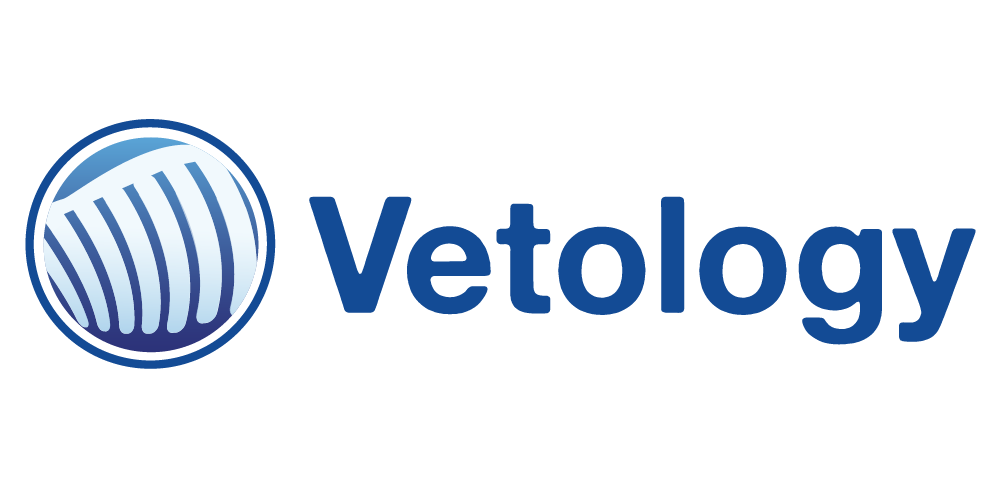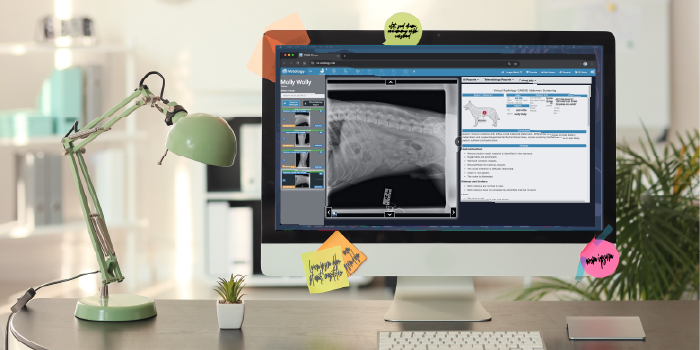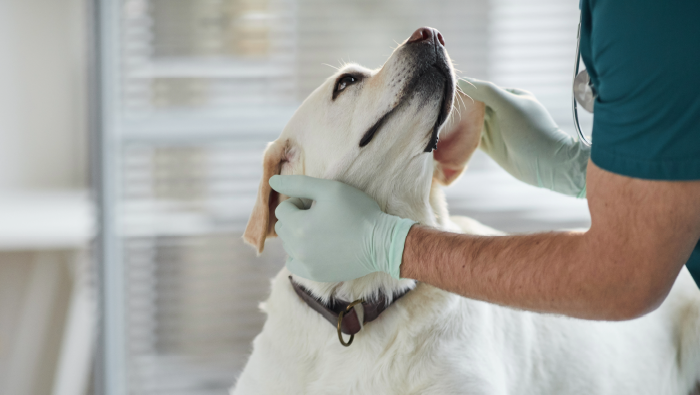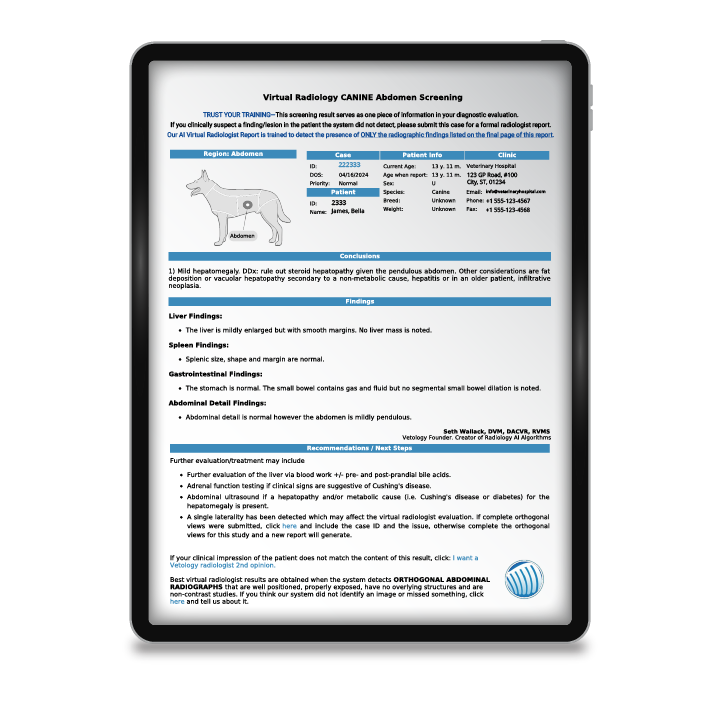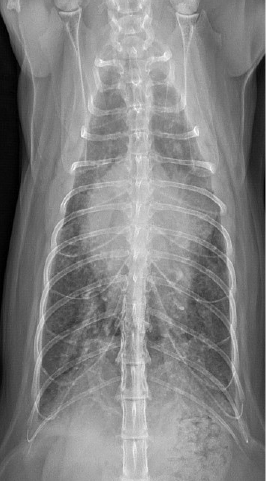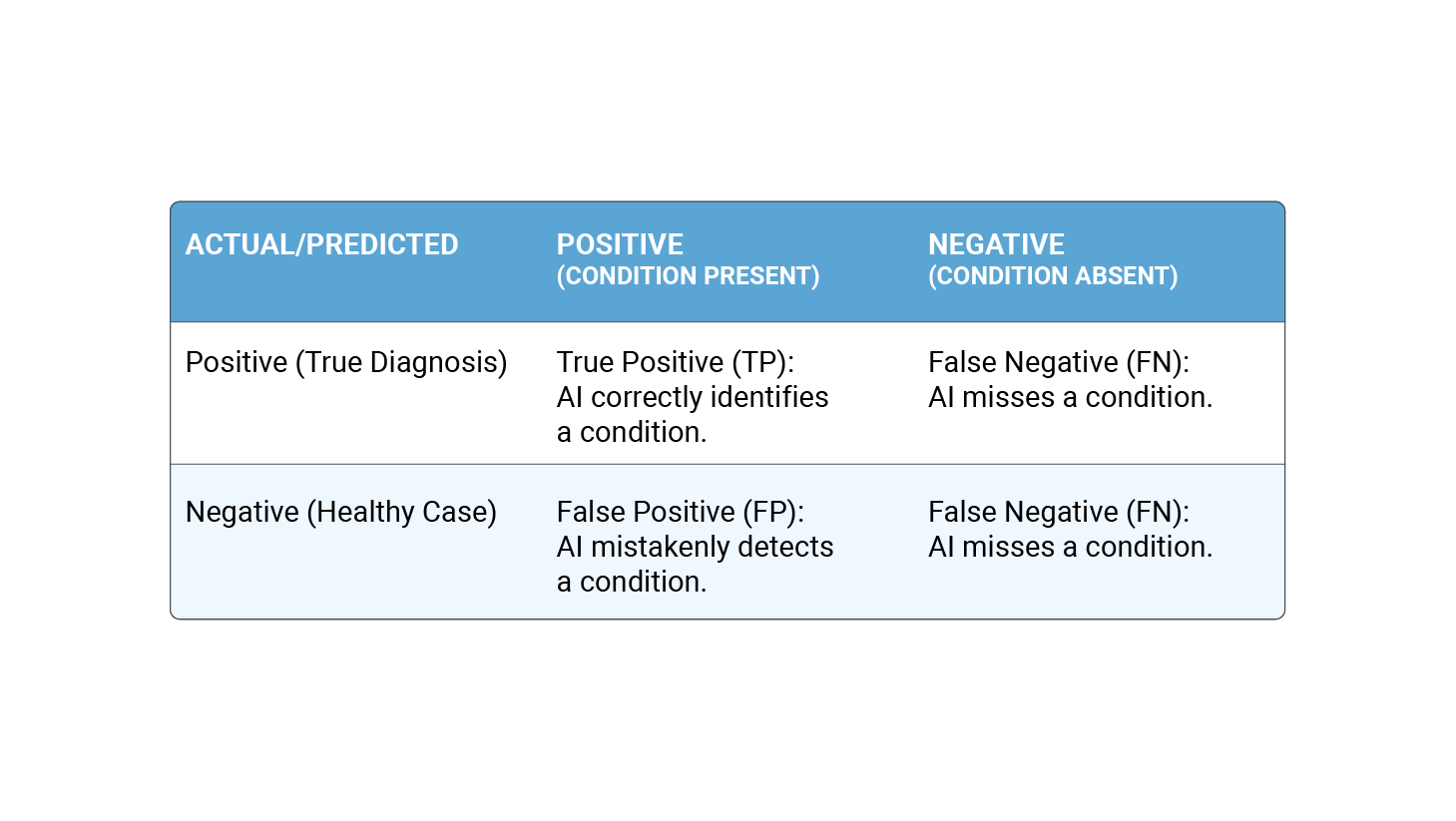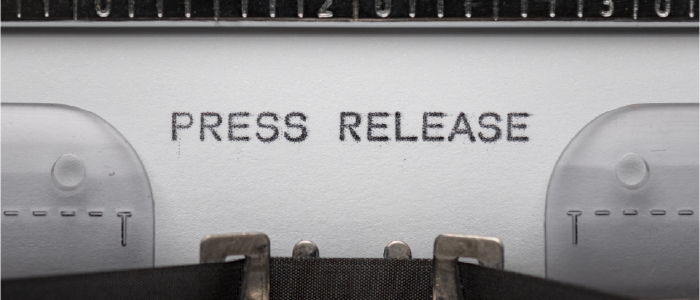
Vetology and dvmGRO Partnership
FOR IMMEDIATE RELEASE
Vetology and dvmGRO Partner to Bring Advanced Diagnostic Support to Independent Veterinary Practices
Charleston, SC + San Diego, CA — Nov. 12, 2025 – Vetology and dvmGRO today announced a strategic partnership that makes Vetology’s AI Radiology Reports and teleradiology services available to dvmGRO member practices as part of the network’s vetted portfolio of clinical solutions. Both organizations share a commitment to strengthening independent veterinary medicine through practical innovation, sustainable solutions, and measurable results. Together, they deliver technology and support that enhance clinical workflows, improve efficiency, and provide tangible benefits to practices of all sizes.
“Vetology’s platform combines AI-backed efficiency with radiologist expertise,” said Eric Goldman, President of Vetology. “Our Virtual AI Radiologist Reports allow veterinarians to handle routine cases quickly, potentially lowering diagnostic costs for pet owners, and integrating smoothly into natural clinical workflows. When more complex cases call for deeper review, our boarded radiologists are always available.”
“At dvmGRO, we believe independent veterinary hospitals are stronger when they have access to clinical and operational solutions that help them stay competitive,” said Megan Sturgill, LVT, President of dvmGRO. “Vetology brings both innovation and clinical depth to our community, helping our members deliver faster, more accurate diagnoses in support of patient care.”
Independent veterinary practices face increasing pressure from rising costs, staffing challenges, and growing client demands. By combining Vetology’s AI-driven technology with dvmGRO’s support network, member practices gain a scalable, reliable pathway for diagnostic imaging that fits naturally into existing workflows while improving efficiency and patient outcomes.
Through this partnership, Vetology and dvmGRO are helping practices strengthen diagnostic confidence, reduce turnaround times, and make tangible improvements in patient care, all while supporting the long-term growth and sustainability of independent veterinary hospitals.
# # #
About dvmGRO
dvmGRO is a veterinary business accelerator built to support independent practices by delivering purchasing power, streamlined resources, and trusted partnerships. We bring together top-tier suppliers and real-world practice support to help clinics save money, operate smarter, and grow stronger. Learn more at dvmgro.com.
About Vetology
Vetology is a leading innovator in veterinary diagnostic imaging solutions, combining board-certified radiologist expertise with artificial intelligence to support radiographic interpretation in clinical practice. Our AI-powered, Virtual Radiologist Report and teleradiology services integrate naturally into clinical workflows, helping veterinarians make informed treatment decisions faster. The Vetology platform offers flexible options for AI review and on-demand access to radiologist reports.
At the heart of our work is a strong commitment to partnerships with clinics, veterinary professionals, and the shared goal of supporting patient care. We believe that humans and AI are better together, and we’re dedicated to building tools that reflect that philosophy. Learn more at vetology.net.
